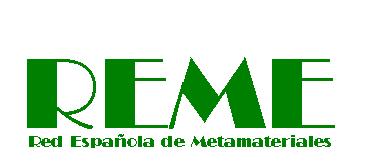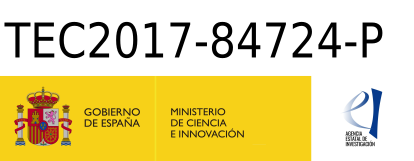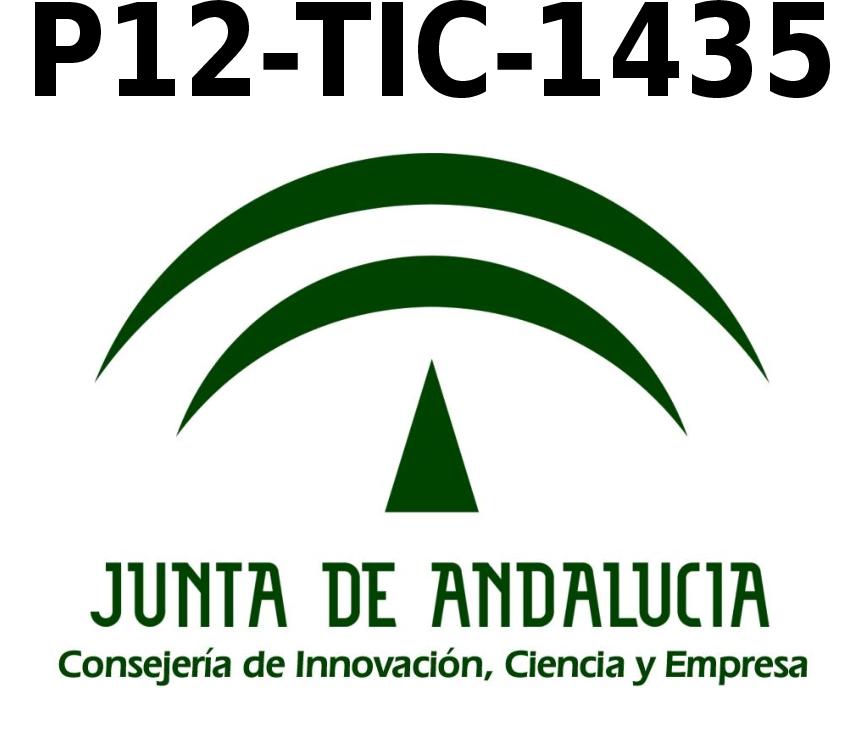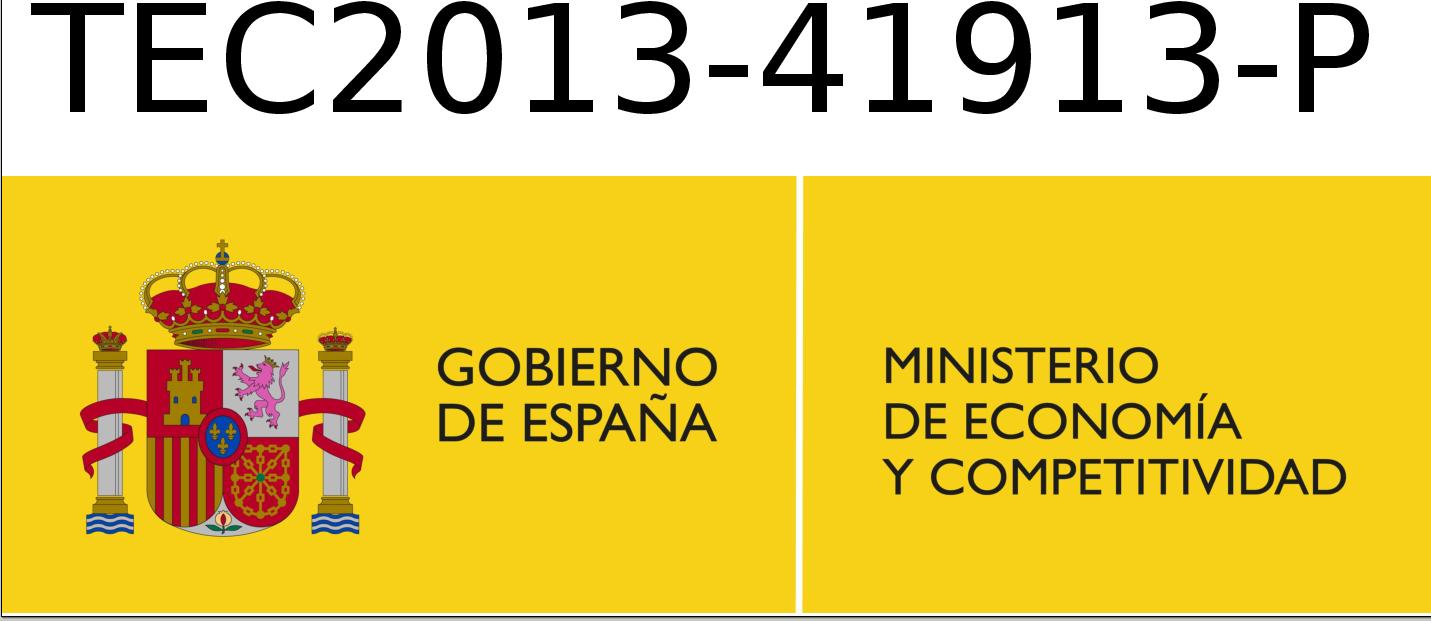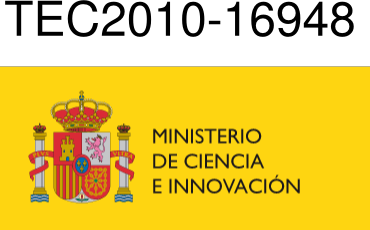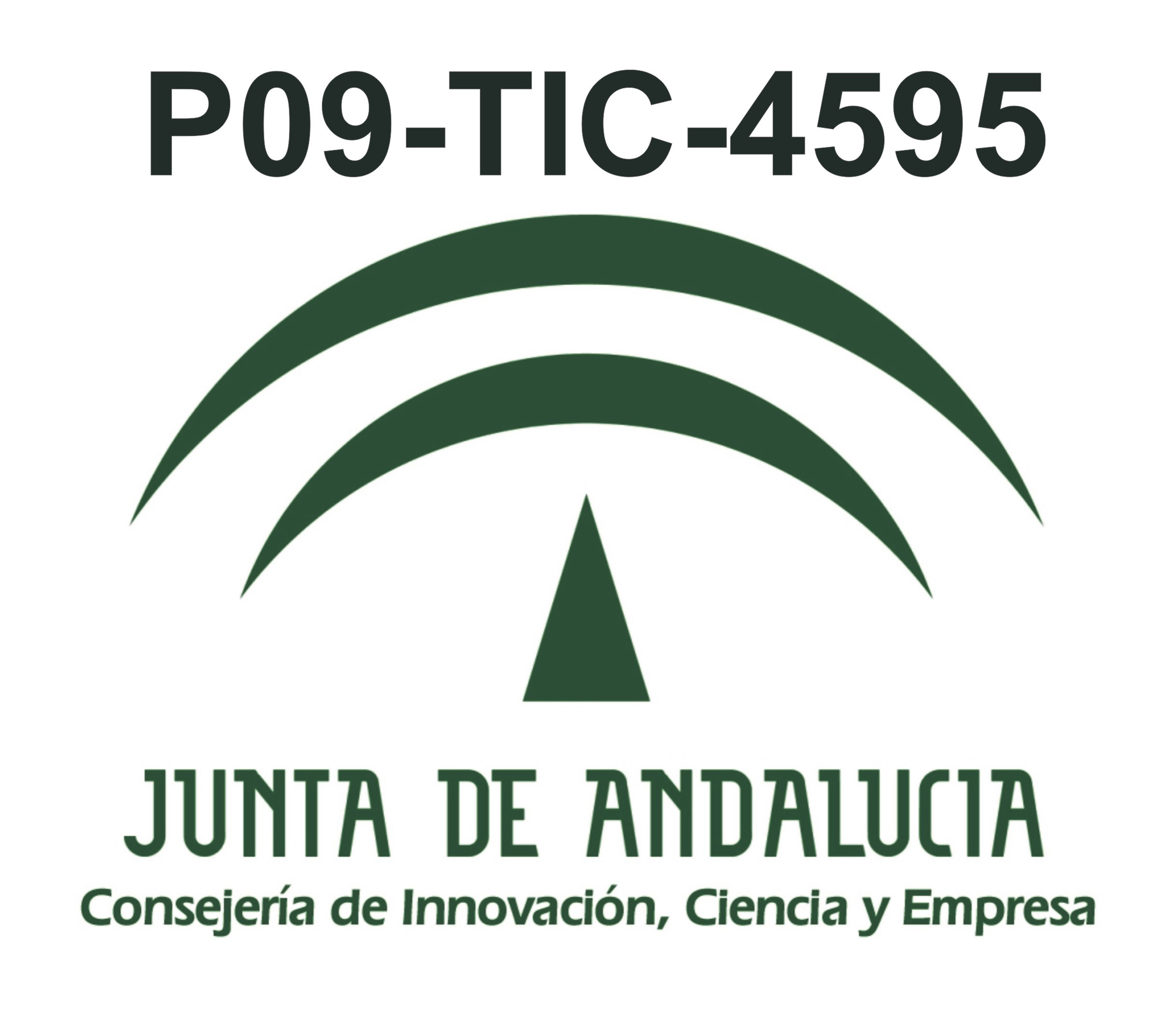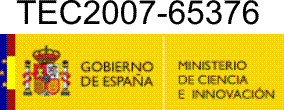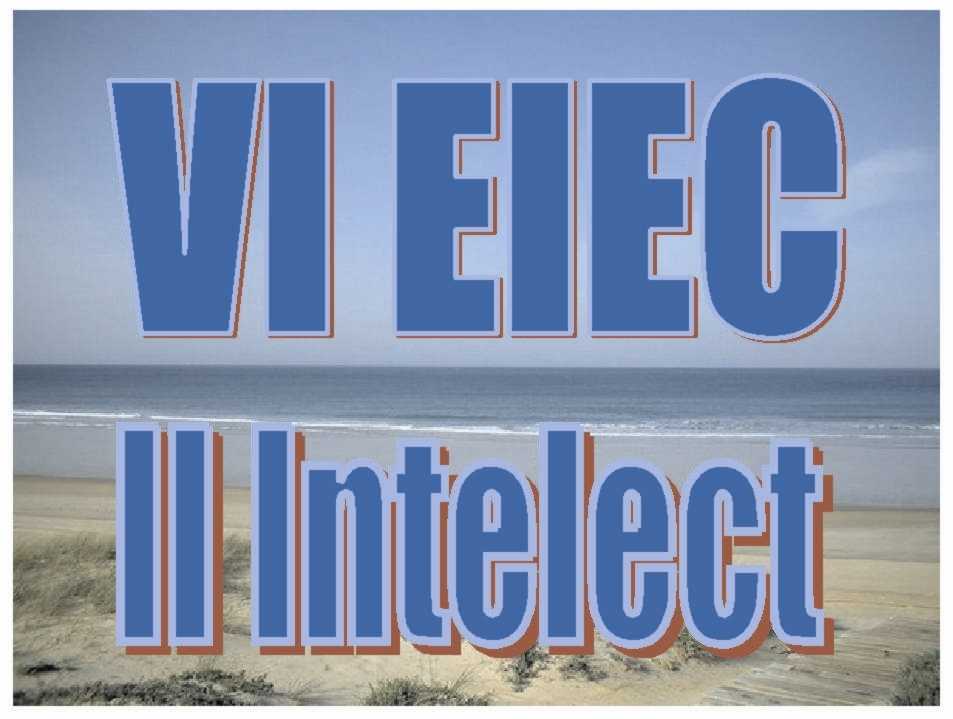Description and goals of project TEC2013-41913-P
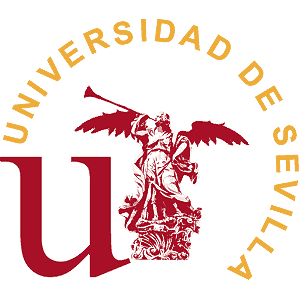


SUMMARY:
In the present project the research team members intend to contribute to the development of simplified models to characterize the behavior of 1D and 2D periodic structures printed (or embedded) in planar multilayer substrates for emerging technologies in the range of radiofrequencies up to optical frequencies. These models will facilitate the search for potential practical applications of such structures, especially in the range of microwaves. In particular, two reserach lines are presented that share the periodic nature of the involved structures but differ in their possible applications. The first line aims to delve into the analysis of frequency selective surfaces and other equivalent periodic structures (high and low impedance surfaces, EBG guides, etc..), which are widely used in antenna applications but with potential use in the frequency ranges of terahertzs, plasmonics, and nanophotonics. In a first step it is proposed to enhance the efficiency and accuracy of the software previously developed in our group in order to extend its applicability to the study of the scattering of planes waves in multilayer periodic structures (in two dimensions) formed by stacks of rectangular patches and/or rectangular slots. In parallel with this objective, it is intended to develop analytical (or quasi-analytic) circuit models for a wide variety of structures of this type in multilayer configuration, both one and two dimensional. Although this type of modeling has been done in the past by many research groups, including ours, in this proposal we intend to focus on new structures (due to their geometry and/or multilayer naature) as well as high-frequency ranges of operation covering from terahertz to the limits of plasmonics and nanophotonics. In addition, the new models will be useful in much larger bandwidth than the traditional ones as they incorporate physical details of the problem previously not taken into account. The development of these simplified circuit models would have a strong impact on the processes of analysis, design and optimization of these structures for two reasons: i) the circuit models are computationally very advantageous compared to full-wave numerical methods (which usually require computation times of at least two orders of magnitude greater) and ii) they provide a very simple and appropriate framework for understanding the complex physical phenomena involved in the transmission/reflection spectra of such structures. The second line of research would focus on the design of new architectures for microwave filters in planar technology, which emphasis on ultra-wideband filters, balanced filters for differential architectures, and dual-band or multiband filters for this latter type of architectures. In order to achieve these objectives it will be explored the use of metallization on both sides of the substrate and the use of multilayer structures. The two lines of study are intended to be concluded with an experimental stage of manufacturing and prototyping in the laboratories of our research group.

